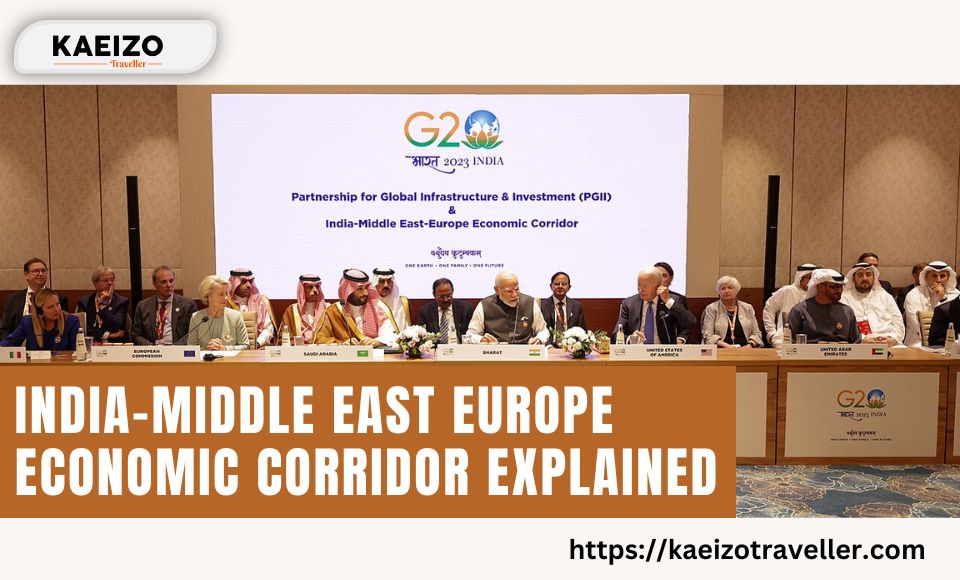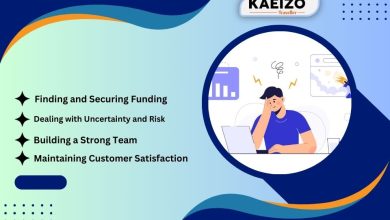
Middle East Europe Economic Corridor Explained
Middle East Europe economic corridor explained
Narendra Modi, the Indian Prime Minister, declared the unveiling of the India-Middle East-Europe mega economic corridor on Saturday. This project comprises India, Saudi Arabia, the UAE, France, the European Union, Germany, Italy, and the US.
The prime Minister said that we have reached a historic and significant partnership today. He also added that it will be a significant medium of economic integration between West Asia, India, and Europe in the future. This corridor will provide a fresh direction for sustainable development of the whole world as well as connectivity.
In the meantime, Joe Biden, the US President, called this launch to be “a big deal”, and he asserted that one can come across the term “economic corridor” more frequently in the approaching decade.
What exactly is the project?
The rail and shipping corridor happens to be a part of the PGII (Partnership for Global Infrastructure Investment) which is a collaborative endeavor that the G7 nations have made to fund infrastructure schemes in developing countries. One can consider PGII to be the counter of the bloc to the Belt and Road Initiative of China.
The target of the project will be to enable improved trade among the involved nations, such as energy products.
The corridor is going to include an electricity cable as well as a rail link, a high-speed data cable, and a hydrogen pipeline, as per a document that Ursula von der Leyen, the European Commission President, has prepared. The document likewise calls this project as a green and digital link across civilizations and continents.
India Middle East Europe Economic Corridor faces these challenges
1. Non-binding MoU
MoU of IMEC doesn’t create any obligations or rights under international regulations. This memorandum only implements the political commitments of its non-binding participants.
2. Finance
Massive finance would be needed by the Corridor for its construction. It is somewhat tough to arrange such funds taking into consideration the recession creeping in advanced economies such as the US. Scale of investments raised by China is greater compared to the G7.
3. Chinese Resistance
China has invested in the BRI project to a great extent already. This Chinese pushback is also challenging for this economic corridor. It is making substantial investments in the Middle Eastern economies such as Saudi Arabia, Iran, and UAE.
Why is the project being proposed?
Jon Finer, who happens to be the principal deputy national security adviser of President Biden, cited 3 main reasons for developing this corridor. First, it would make the nations involved through an enhanced flow of digital communications and energy prosperous. Second, the project would allow us to cope with the dearth of infrastructure required for development in lower-income and middle-income countries. And third, it might assist in turning down the temperature on insecurity and turbulence emerging from the Middle East.
This project might be seen as the attempt made by Biden to reinforce the G20 group further to oppose the dominance of Vladimir Putin of Russia and Xi Jinping of China.




